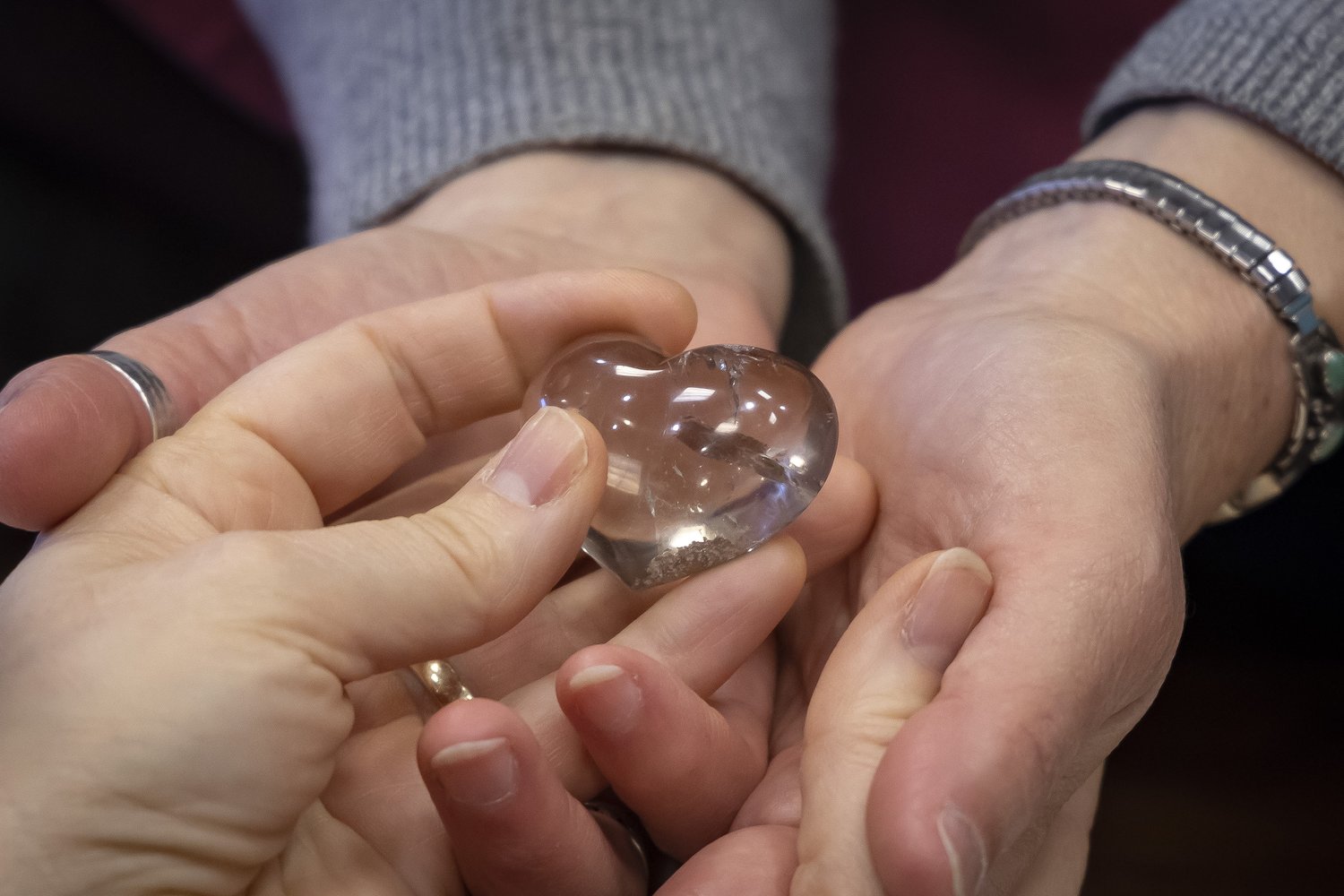Solitude, Loneliness, & Tazria-Metzora
As I was reading this week’s Parsha, I was immediately brought back to the depths of the pandemic.
I connected in a visceral way to what it would feel like to be a person infected with a contagious disease sent “outside the camp.”
The sense of isolation and loneliness.
I marvel now as I walk the streets.
Indoor and outdoor spaces where I look at whole, unmasked faces and have “normal” conversations with those I see and meet.
I still see a lot of fear—and a lot of masks—well-founded, but not mine; my fears go beyond COVID.
And I have to fight the fear constantly.
Because fear separates me from those around me.
Meanwhile, I don’t take the sense of joy and wonder at speaking face to face for granted.
This week we remembered the Holocaust.
We heard stories of the kind of pain that comes from isolation and loneliness—as individuals and as a people.
The kind of pain that comes from intense loss.
Then there is how this week’s Parsha begins, with laws of purity for a woman after childbirth; she is forced into a time of separation.
It might feel to her like being sent outside the camp, like a separation from the community.
It’s problematic, mostly for questions of mysogeny regarding the length of time after a girl baby vs. a boy baby (longer for the girl).
During this time, she can not touch anything sacred or enter the sanctuary of the Temple.
We can imagine that she may feel isolated.
But Rabbi Shefa Gold connects her isolation to the creative process; “During a time of intense creative output, as with childbirth, a person steps outside the boundaries of time and space. [The woman] touches the realm between the worlds where “Ayin” (“nothing”) gives birth to “Yesh”(“existence”). (Torah Journeys, The Inner Path to the Promised Land)
So it begs the question of the difference between solitude and loneliness.
Solitude can be good.
Thus, it was with beautiful synchronicity that I happened to hear Dr. Vivek Murthy, U.S. Surgeon General, speaking with Krista Tippett on On Being.
He talked about the mental health crisis of our “loneliness epidemic.”
Brilliant, inspiring, and soothing to listen to him.
He speaks from personal experience.
The ultimate solution to the mental health crisis in the U.S., he says, is not more therapists (though we do need more of them).
The answer is more connection.
More love.
Because at the heart of our crisis is isolation and loneliness.
He suggests that we can all be healers.
Here are some of his simple ideas:
Spend 15 minutes a day connecting with someone you love (other than those you live with): talking, texting, just saying “I’m thinking of you. (We often think that the circle of those who care about us is much smaller than it actually is; get over your sense of shame at not being in touch, and reach out.)
Be intentional about giving the gift of your full attention in those minutes of connection. Our devices are designed to take our attention. It’s not your fault, but you don’t have to let them.
Smile at strangers; it makes you both feel better. (Truth!)
Find opportunities to serve; when we help each other, we forge a connection and reaffirm that we bring value to the world.
Find a few moments for solitude every day. In solitude, the noise around us settles; we can reflect, and connect to gratitude. This all spills over into the quality of the relationships we have.
Also, put away the devices in those moments of solitude—despite your fear of boredom. Boredom is good; it can lead to creativity. When you’re waiting for the bus, just wait for the bus—like in the old days (and maybe you’ll connect with a stranger).
Isolation and loneliness are harmful to our mental health.
But a little bit of solitude can be helpful.
It’s important to know the difference.
And we are not helpless in the process of healing our country and our world.
We can all become healers.
For ourselves and others.
And say Amen.
